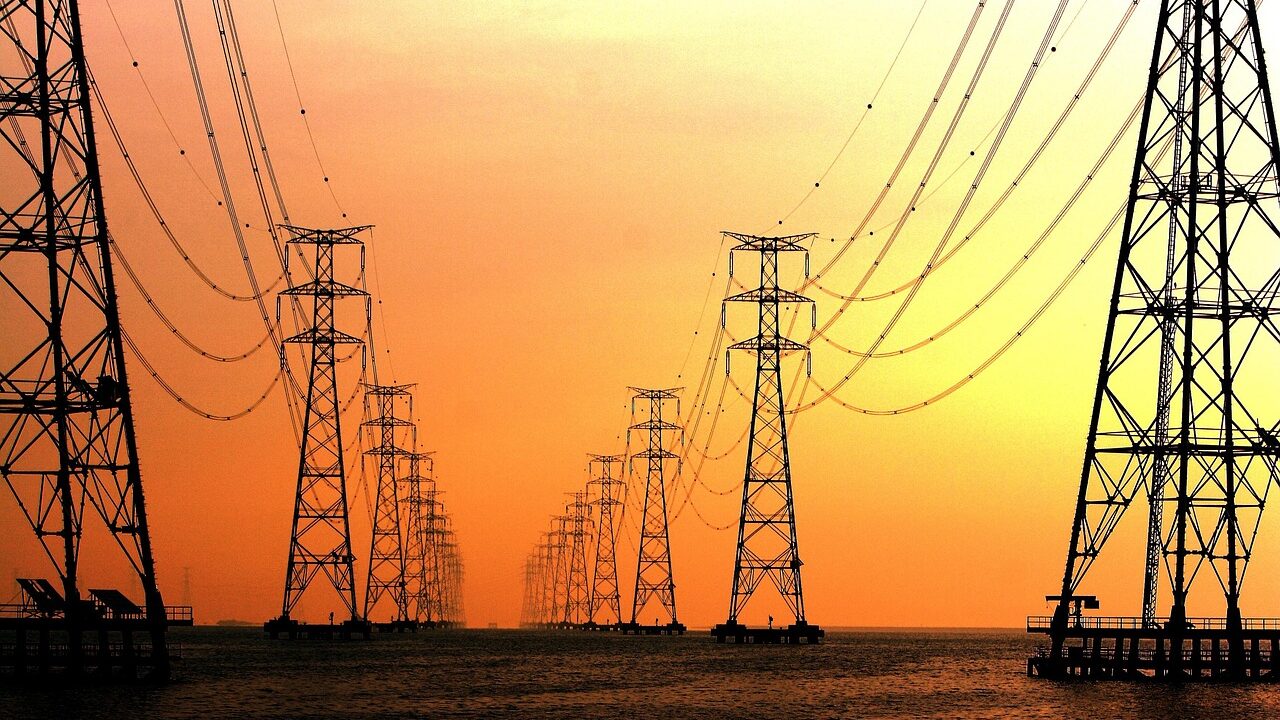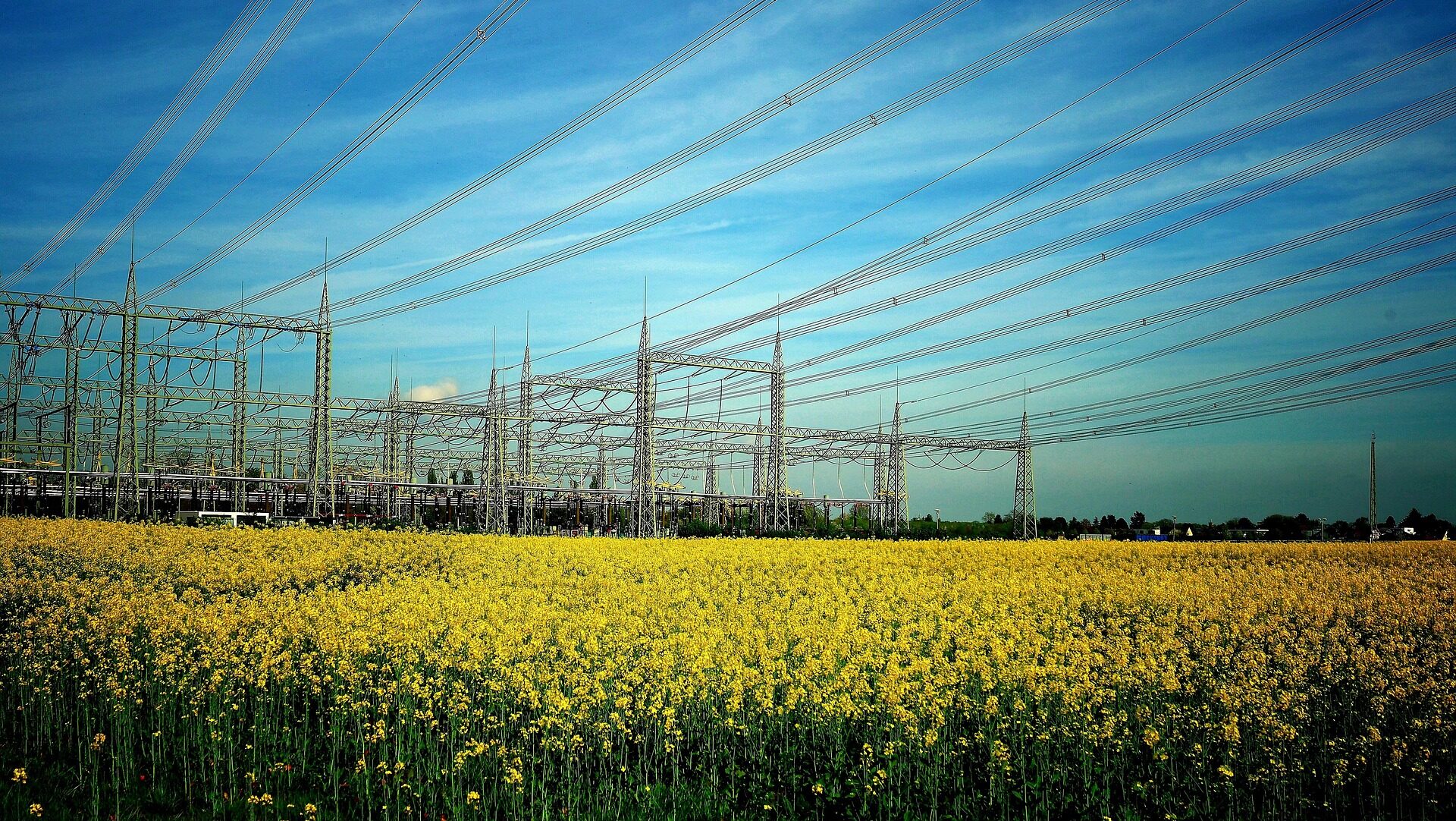India’s electricity derivatives market is set for a major milestone with the confirmed launch of electricity futures on the National Stock Exchange (NSE) starting July 11, 2025, as officially announced by NSE along with a dedicated Liquidity Enhancement Scheme (LES) to attract active participation.Meanwhile, the Multi Commodity Exchange (MCX), having already received SEBI approval earlier in June 2025, is preparing to introduce its own electricity futures contracts, though its exact launch dates remain unclear, with market sources hinting at a rollout later in 2025.
What Are Electricity Futures?
Electricity futures are standardized, cash‑settled contracts in which buyers and sellers agree today on the price of a specified quantity of electricity for delivery at a future date, though no physical transfer actually occurs.
In India, settlement references the Indian Energy Exchange’s Day‑Ahead Market (DAM) price, with the difference paid or received in cash at expiry.

For example, a distribution company might buy an electricity futures contract at ₹3.50 per kilowatt‑hour in anticipation of peak summer demand, where spot prices could rise to ₹5.00/kWh. When the contract expires, if the DAM price reaches ₹5.00, the distribution company receives the difference, helping offset higher procurement costs.
In USA, NYMEX electricity futures operate similarly, using hub prices like PJM or NYISO to manage financial risk across wholesale electricity markets.
What Are Electricity Options?
Electricity options are financial derivatives that grant the buyer the right, but not the obligation, to enter into an electricity futures contract at a set strike price by a specified expiry date. Options help participants manage extreme price swings while controlling downside exposure.
For instance, a generator concerned about falling power prices could buy a put option at ₹4.00/kWh to guarantee a minimum selling price. If the DAM drops to ₹3.00/kWh, the generator exercises the put, protecting its revenues. If spot prices stay higher, the generator can let the option expire without obligation.
The NYMEX market offers options on electricity futures with multiple strike prices and associated premiums, supporting active hedging in a highly volatile commodity. India’s strong participation in equity options, such as Nifty options on NSE, shows similar potential if electricity options are eventually launched.
What Is Electricity Open Interest?
Open interest measures the total number of outstanding futures or options contracts that remain active and unclosed. It is a critical measure of market depth and liquidity.
For example, if one trader buys 20 futures contracts while another sells 20, open interest is 20. If 10 of these positions are later closed, open interest reduces to 10. High open interest typically signals strong participation and better price discovery.
In the U.S., NYMEX electricity markets consistently show high open interest, building confidence in robust, efficient derivatives trading — a target India will hope to replicate.
Confirmed Developments: Electricity Futures
India has officially confirmed electricity futures trading on NSE to begin on July 11, 2025, supported by a Liquidity Enhancement Scheme to deepen market participation and ensure smooth rollout. These contracts will be financially settled, referencing the IEX DAM or, in future, a unified index if Market-Based Economic Dispatch (MBED) is introduced.
Participants in these contracts include distribution companies seeking to fix future costs, power generators aiming to stabilize revenues, large industrial consumers needing predictable pricing, and retail traders, who make up a significant portion of India’s derivatives activity.
MCX, which secured SEBI approval in June 2025, is also preparing to launch its electricity futures contracts, though no confirmed date has been announced. Industry sources expect MCX’s launch to follow later in 2025. These futures contracts create a solid starting point for deeper risk management tools in India’s growing electricity sector.
Speculative: Electricity Options and Option Chain
While electricity futures are confirmed and about to begin trading, electricity options remain speculative.
Regulatory boundaries between SEBI, which regulates financial derivatives, and the Central Electricity Regulatory Commission (CERC), which oversees physical electricity markets, also need to be clearly defined. In addition, India’s spot electricity trading must further mature with stable price discovery before a robust options market can succeed.
By comparison, the NYMEX electricity options market has thrived thanks to a deeply liquid underlying futures market and decades of reliable hub-based spot pricing. India could follow a similar roadmap if these hurdles are systematically addressed over time.
Hypothetical Scenario: NSE and MCX Electricity Option Chain
If SEBI gives the green light to electricity options in the future, India’s exchanges could adopt a familiar structure based on existing equity derivatives.
Options would likely be European style, cash‑settled at expiry, and sized at 1 MWh per contract, with settlement referencing IEX DAM prices around ₹3.50/kWh.
A hypothetical option chain might offer strike prices ranging from ₹2.50 to ₹4.50, with ₹0.25 increments near the current market price and wider steps at the tails. Premiums would reflect India’s historically high volatility in the power sector. As in the NYMEX market, in‑the‑money options would command higher premiums while out‑of‑the‑money contracts would see lower premiums.
An illustrative option chain could look like this:
| Call Premium | Call OI | Call Volume | Strike Price (₹/kWh) | Put Premium | Put OI | Put Volume |
|---|---|---|---|---|---|---|
| 1.05 | 600 | 80 | 2.50 | 0.02 | 500 | 60 |
| 0.80 | 800 | 100 | 2.75 | 0.03 | 600 | 70 |
| 0.55 | 1,200 | 150 | 3.00 | 0.05 | 800 | 100 |
| 0.35 | 1,500 | 200 | 3.25 | 0.10 | 1,000 | 120 |
| 0.20 | 2,000 | 300 | 3.50 | 0.20 | 1,800 | 250 |
| 0.10 | 1,600 | 180 | 3.75 | 0.35 | 1,200 | 140 |
| 0.05 | 1,000 | 100 | 4.00 | 0.55 | 900 | 80 |
| 0.03 | 700 | 70 | 4.25 | 0.80 | 600 | 60 |
| 0.02 | 500 | 50 | 4.50 | 1.05 | 400 | 40 |
Such a structure would help manage both upward spikes from peak demand and downward moves from renewable oversupply, while concentrating liquidity at at‑the‑money strikes for efficiency.
Challenges and Preparation
The path to a functional electricity derivatives market in India faces several challenges. Futures markets will need time to build sufficient liquidity, without which options cannot function reliably. Coordination between SEBI and CERC will be vital to avoid regulatory conflicts. High price volatility in electricity will also require robust margining and risk controls, as applied in NYMEX electricity options.
Official Electricity Option Chain Links
As electricity options are not yet launched in India, official option chain links for NSE and MCX are currently unavailable. Once these options are approved and launched, this article will be updated with official exchange links.
| Exchange | Link |
|---|---|
| NSE | To be updated very soon |
| MCX | To be updated very soon |
This article is for informational purposes only and should not be considered financial advice. Investing in stocks, cryptocurrencies, or other assets involves risks, including the potential loss of principal. Always conduct your own research or consult a qualified financial advisor before making investment decisions. The author and publisher are not responsible for any financial losses incurred from actions based on this article. While efforts have been made to ensure accuracy, economic data and market conditions can change rapidly. The author and publisher do not guarantee the completeness or accuracy of the information and are not liable for any errors or omissions. Always verify data with primary sources before making decisions.

